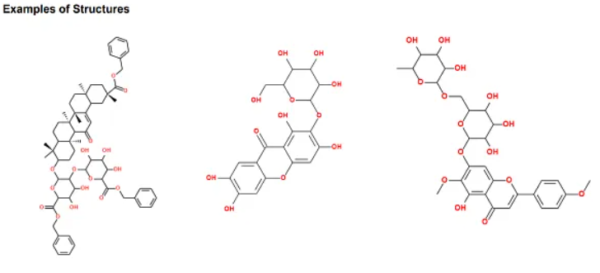Beta2 adrenoligands, also known as beta-2 adrenergic receptor agonists, are a class of drugs that have an affinity for and stimulate the beta-2 adrenergic receptors. These receptors are cell-surface receptors that play a role in various physiological processes, particularly in the respiratory system. Beta2 adrenoligands mimic the actions of naturally occurring catecholamines such as epinephrine, norepinephrine, and dopamine.
One of the main therapeutic applications of beta2 adrenoligands is in the treatment of respiratory diseases such as bronchial asthma and chronic obstructive pulmonary disease (COPD). By activating the beta-2 adrenergic receptors in the airways, these drugs promote bronchodilation, relax smooth muscle, and improve airflow. This can help alleviate symptoms of bronchospasm, improve breathing, and manage the symptoms of respiratory diseases.
Beta2 adrenoligands can be administered through various routes, including inhalation, oral, and intravenous routes, depending on the specific drug and indication. Some commonly used beta2 adrenoligands include albuterol, formoterol, and salmeterol.
It is important to note that while beta2 adrenoligands have shown efficacy in the management of respiratory conditions, they may also have potential side effects. These can include tremors, increased heart rate, palpitations, and in some cases, serious cardiac events.
In summary, beta2 adrenoligands, or beta-2 adrenergic receptor agonists, are a class of drugs that stimulate the beta-2 adrenergic receptors. They are primarily used in the treatment of respiratory diseases to promote bronchodilation and improve airflow. However, like any medication, they should be used under the supervision of a healthcare professional and caution should be exercised to monitor for potential side effects.

